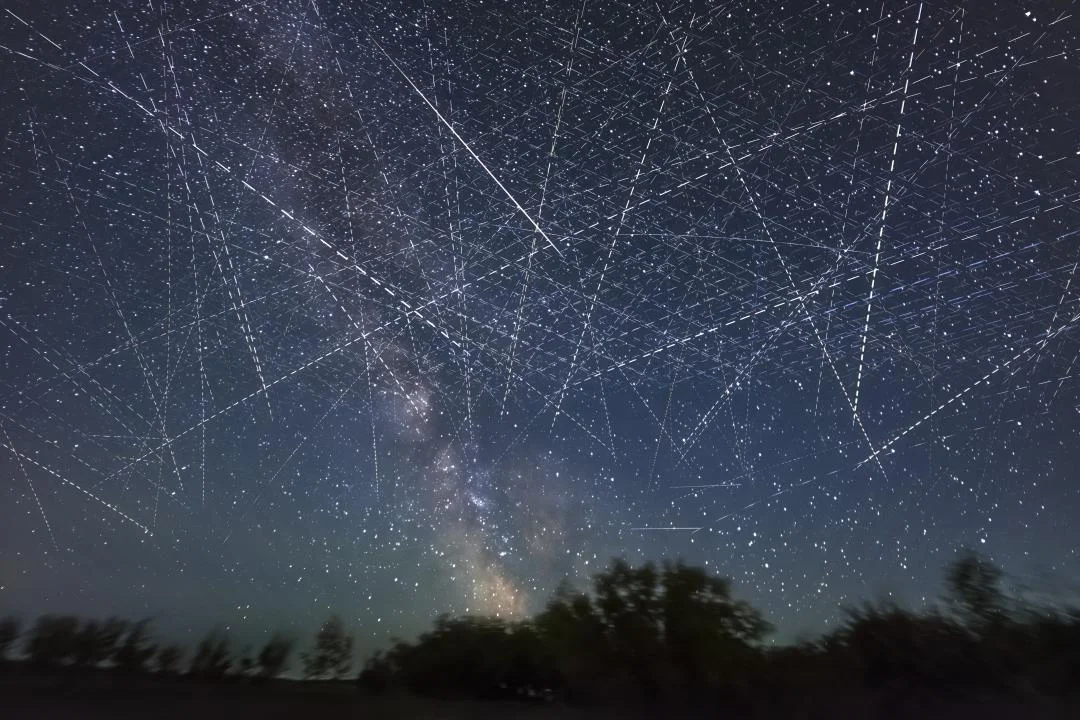
Space Junk Crisis: A Growing Threat to Satellites and National Security
The escalating problem of space debris is rapidly becoming a critical issue, posing significant threats to vital satellite infrastructure and national security. With an estimated 100 million pieces of debris currently circling Earth, the risk of collisions and disruptions to essential services is growing exponentially.

Recent reports highlight the increasing frequency of debris incidents. In just the past six months, space debris has crashed in various locations, and falling debris from a failed launch disrupted 240 flights. The sheer volume of space junk, including over a million objects larger than 1 centimeter, regularly damages satellites and necessitates costly repositioning of the International Space Station.
One of the major concerns is the potential impact on GPS infrastructure, which contributes $1.4 trillion to the U.S. private sector. Disruptions could lead to losses of nearly $1 billion per day, highlighting the dependence on space-based assets for financial stability and national security. Imagine waking up to non-functional location-based services, grounded flights, and turmoil in financial markets—this could become reality.
The Space Sustainability Rating (SSR), launched in 2021, aims to mitigate these risks by scoring space mission operators on their efforts to reduce debris and collision risks. A team co-led by MIT Associate Professor Danielle Wood developed the SSR as an incentive system that evaluates missions across quantifiable factors. Eutelsat Group, a major satellite operator, achieved a platinum rating, demonstrating exceptional sustainability in its design, operations, and disposal practices. As of December 2024, SSR has also provided ratings to operators such as OHB Sweden AB, Stellar, and TU Delft.
Adding to the complexity is the effect of climate change on the upper atmosphere. As Earth warms, the upper atmosphere cools, reducing its density and weakening its ability to clear space debris. This could reduce low Earth orbit's satellite carrying capacity by as much as 82% by 2100 under worst-case pollution scenarios, according to a recent study published in Nature Sustainability. The atmosphere's natural cleanup mechanism weakens when it's cooler and less dense, leaving the orbiting with trash that the article describes : "There's no other way to remove debris. It's trash. It's garbage. And there are millions of pieces of it."

Ken Eppens, Founder and CEO of OrbitGuardians, emphasizes that the U.S. government needs to formally recognize space infrastructure as critical. This would mandate stronger protective measures and funding for solutions, particularly active debris removal technologies. He suggests the Department of Homeland Security (DHS) establish a dedicated Space Infrastructure Security Office and work with international partners to enforce stricter satellite deorbiting regulations.
The growing space debris crisis demands immediate action. By recognizing the critical role of space assets, implementing proactive mitigation strategies, and fostering international collaboration, we can safeguard our essential satellite infrastructure while ensuring sustainable space activities. What steps do you think are most crucial for tackling the space debris problem? Leave your thoughts and contribute to the discussion!